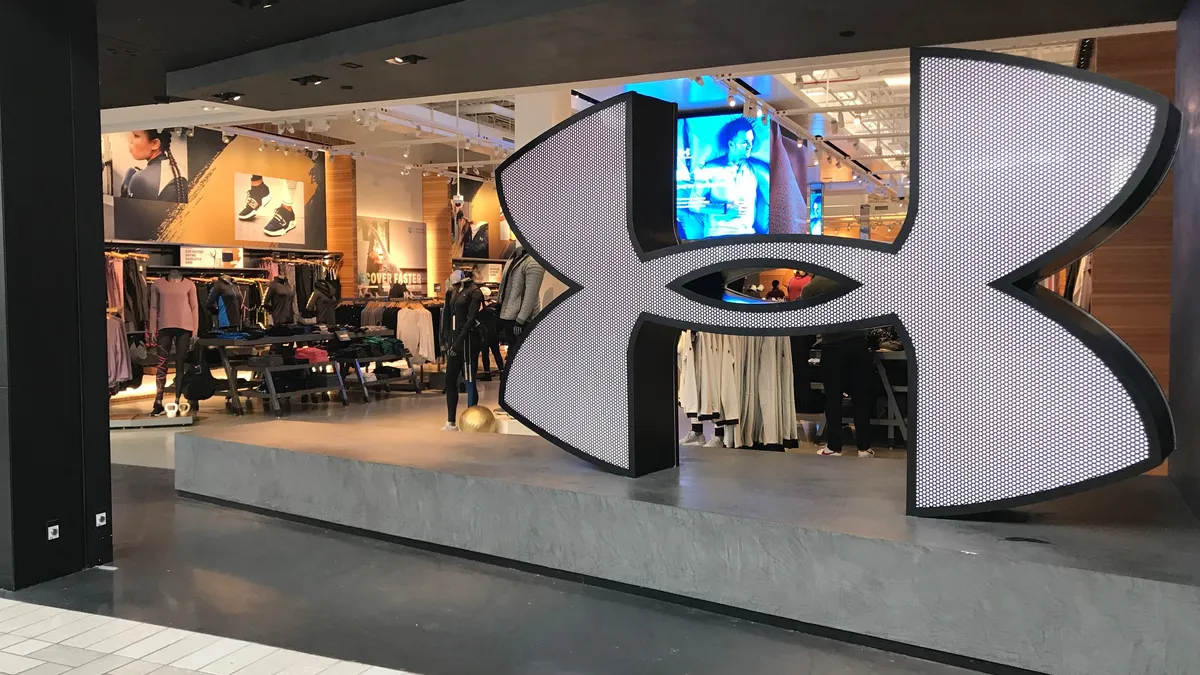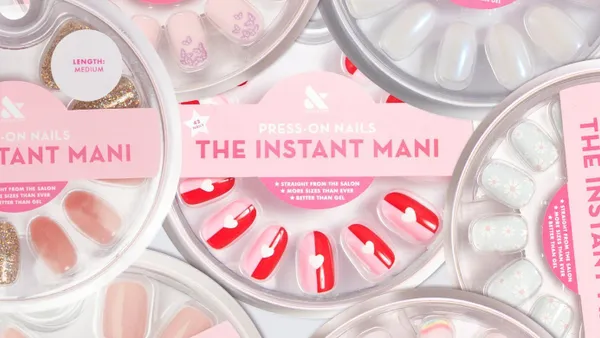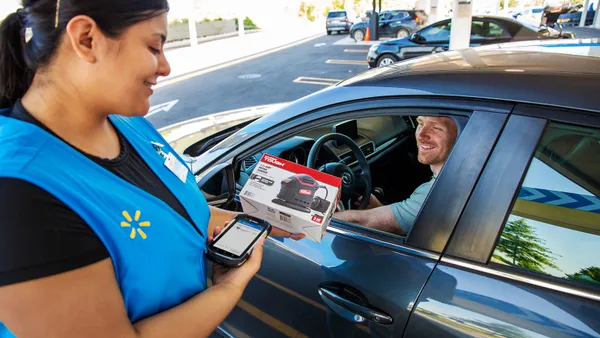Dive Brief:
- In Kevin Plank’s second quarter back at the helm, Under Armour reported revenue down 10% to $1.2 billion and the retailer swung to a $305 million net loss, per a company press release. Operating loss in the quarter was $300 million.
- Plank said on a call with analysts Thursday that the brand cut jobs during the quarter as part of a restructuring program it announced in May. Under Armour recorded $25 million of restructuring charges during the period, of an estimated $70 million to $90 million by the end of fiscal 2025.
- Revenue in Under Armour’s key North America region fell by 14%, with international down by just 2%. DTC revenue decreased more significantly than wholesale as Under Armour moved away from promotions, declining by 12%, while wholesale fell 8%. Full-price sales in DTC rose “significantly,” according to Plank.
Dive Insight:
Despite significant revenue declines, Plank struck an optimistic tone on a call with analysts, highlighting the brand’s work to improve product, cut SKUs, define clearer responsibilities for product teams and shorten Under Armour’s go-to-market timeframe to nine months.
“I think we’ve got a really healthy view of the business right now,” Plank said. “We recognize where we are, we’re not crazy about it, but we’re also doing something to change the weather.”
Plank again touted the appointment of longtime Adidas veteran Eric Liedtke to executive vice president of brand strategy, which was announced earlier this week alongside the acquisition of Liedtke’s Unless Collective. Liedtke is taking over brand strategy amid a slew of investments Under Armour is making in marketing.
Under Armour is investing half a billion dollars in marketing and pursuing a set of initiatives to improve brand resonance. The company plans to double the number of influencers in its creator program, move away from promotional emails and work toward more storytelling. Plank noted that last year two-thirds of its emails to customers were promotional, compared to one-third that told a story about the brand. This year, Under Armour has flipped that ratio.
The company’s loyalty program is also performing well so far, with nearly 5 million members. Almost half of recent enrollments are new to Under Armour, Plank said, and loyalty members are making up more than half of the brand’s North American DTC revenue.
Improving product is also a key focus, with Plank saying the company will release more apparel aimed at the times between sporting events, like streetwear, warm-ups and fleeces. According to Plank, Under Armour has one of its strongest product teams to-date, though new product won’t come to market until the fall and winter timeframe in 2025.
“I do feel like we’re a company that’s been left more to just selling on the logo and a price tag next to it versus articulating the actual depth of story that we have available,” Plank said. “We want to make sure that Under Armour isn’t just selling a brand on a T-shirt. It’s not just a logo. It needs to be more.”
Although Under Armour is right to “undertake a reset,” the brand has a long way to go to get the business back on track, according to GlobalData Managing Director Neil Saunders.
“From our data, it is clear that Under Armour has dropped down the consumer radar in terms of consideration and has been overshadowed by newer and more interesting brands,” Saunders said in emailed comments. “This underlines the scale of the problem the company must address: it isn’t just about creating new and better products, it’s also about reconnecting the brand to consumers who have disconnected from it. Not only is that a tough problem to crack, but it is also a problem that needs time to remedy.”














